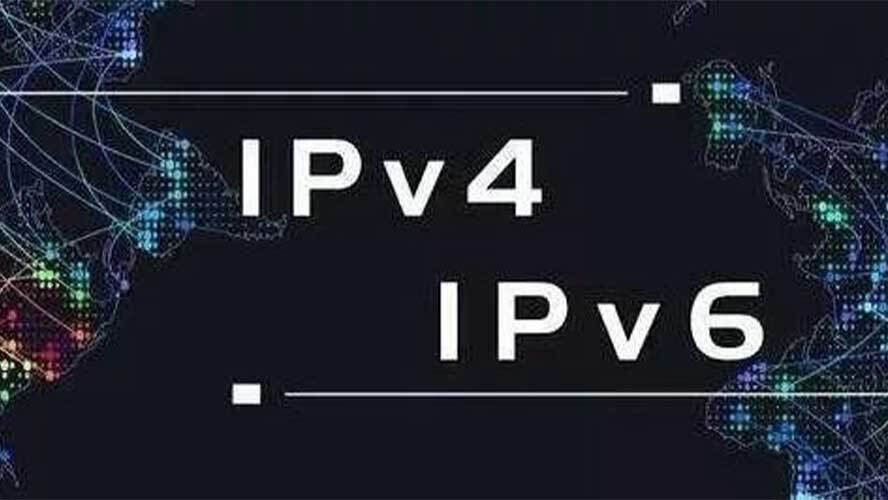IPv4 and IPv6 are two types of internet protocol addresses. ‘v4’ and ‘v6’ refer to ‘version four’ and ‘version six’.
In this post, we are going to look at what these two are in a bit of detail and how they are different from one another. Put your nerdy glasses on and let’s get started.

What is IPv4?
IPv4 is the most common type of internet protocol address. It is in use nowadays, and it is classified as 32-bit whereas IPv6 is 128-bit.
IPv4 consists of eight digits in four sets of two. It sort of looks like this: 56.98.32.66. Each ‘set’ of two digits is called an octet. With this syntax, there are ~4.2 billion addresses that can be produced by using different numerical combinations.
The possible number of combinations that can be made with IPv4 helps us realize its main drawback. There are more than 7 billion people on the planet as of 2020. If we suppose only half of this number to have access to gadgets and smart devices, that’s 3.5 billion IPs already. And obviously, every person doesn’t just have one device nowadays. An average working person has at least two e.g. a phone and a PC/laptop.
In summation, the devices outnumber the possible number of combinations hence there arose the need for a newer version viz. IPv6.
Benefits of IPv4
IPv4, as we mentioned above, is the more common and in-use internet protocol version. Since it was used for a long period of time, many websites and online platforms are still using it. It basically means that if someone with an IPv4 was to go to a website that used the same version, they would have a better and smoother experience than someone who would visit the same site with a v6. Though choosing the right hosting is also responsible for better web experiences. IP's contribution can not be denied at all.
Another benefit of IPv4 is that the addresses are much easier to remember. Since it is just eight digits, it can be quite simple to memorize it. Usually, there aren't many places where you are required to reel off your IP from memory but still, being familiar with it can be helpful. If you are ever asked to identify your IP address from a list of several, you can do it much quicker if you are looking for an 8-digit combination instead of a longer and more complicated syntax. You can get the benefit of DNS nameserver here, as it resolves the issue of remembering numbers because people found it difficult to remember IP addresses.
What is IPv6?

IPv6 is the newer version of internet protocol. It was released back in 1998. Since 'Version 4' had a limited number of addresses that could be generated in the given syntax/combination, a newer version was released so that the increasing number of devices could be accommodated.
The first thing that is different in IPv6 is that it is 128-bit whereas the v4 is 32-bit. This basically means that the syntax of the former is far longer and complex.
Instead of just utilizing numerals in the address line, IPv6 also uses alphabets. This vastly increases the number of possible combinations that can be made for different devices. With version 6, a possible 340 undecillion (yep, you can go ahead and Google that up) addresses can be made. An example of an IPv6 address is 2001:0db8:85a3:0000:0000:8a2e:0370:7334.
Benefits of IPv6
The first benefit of IPv6 is the large number of addresses it can create. Being capable of creating ~340,000,000,000,000,000,000,000,000,000,000,000,000 (that’s 36 zeros) different combinations, IPv6 wouldn’t run out even if every person in a 7 billion population had 7 billion devices each.
Secondly, getting an IPv6 address is far easier and economical than getting a version four one. Since the latter has become scarce, it incurs a larger expense to be acquired.
And thirdly, IPv6 is faster than IPv4. According to Akamai, a cloud service provider, “sites load 5% faster in median, and 15% faster for the 95% percentile on IPv6 compared to IPv4”.
Conclusion
IPv4 and IPv6 have quite a few differences. Although the latter has been around for quite some time, it has not rendered the former obsolete. V4 still remains the commonly used version nowadays. There are different benefits and advantages of both these types of IP addresses, which we discussed upstairs. Nowadays, getting a version 6 address is easier and cheaper than getting a version 4.




